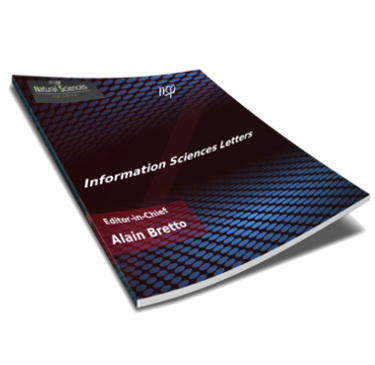
Information Sciences Letters
Abstract
Artificial Intelligence (AI) enables machines to be intelligent, most importantly using Machine Learning (ML) in which machines are trained to be able to make better decisions and predictions. In particular, ML-based chatbot systems have been developed to simulate chats with people using Natural Language Processing (NLP) techniques. The adoption of chatbots has increased rapidly in many sectors, including, Education, Health Care, Cultural Heritage, Supporting Systems and Marketing, and Entertainment. Chatbots have the potential to improve human interaction with machines, and NLP helps them understand human language more clearly and thus create proper and intelligent responses. In addition to classical ML techniques, Deep Learning (DL) has attracted many researchers to develop chatbots using more sophisticated and accurate techniques. However, research has paid chatbots have widely been developed for English, there is relatively less research on Arabic, which is mainly due to its complexity and lack of proper corpora compared to English. Though there have been several survey studies that reviewed the state-of-the-art of chatbot systems, these studies (a) did not give a comprehensive overview of how different the techniques used for Arabic chatbots in comparison with English chatbots; and (b) paid little attention to the application of ANN for developing chatbots. Therefore, in this paper, we conduct a literature survey of chatbot studies to highlight differences between (1) classical and deep ML techniques for chatbots; and (2) techniques employed for Arabic chatbots versus those for other languages. To this end, we propose various comparison criteria of the techniques, extract data from collected studies accordingly, and provide insights on the progress of chatbot development for Arabic and what still needs to be done in the future.
Recommended Citation
A. Alazzam, Bayan; Alkhatib, Manar; and Shaalan, Khaled
(2023)
"Artificial Intelligence Chatbots: A Survey of Classical versus Deep Machine Learning Techniques,"
Information Sciences Letters: Vol. 12
:
Iss.
4
, PP -.
Available at:
https://digitalcommons.aaru.edu.jo/isl/vol12/iss4/37

